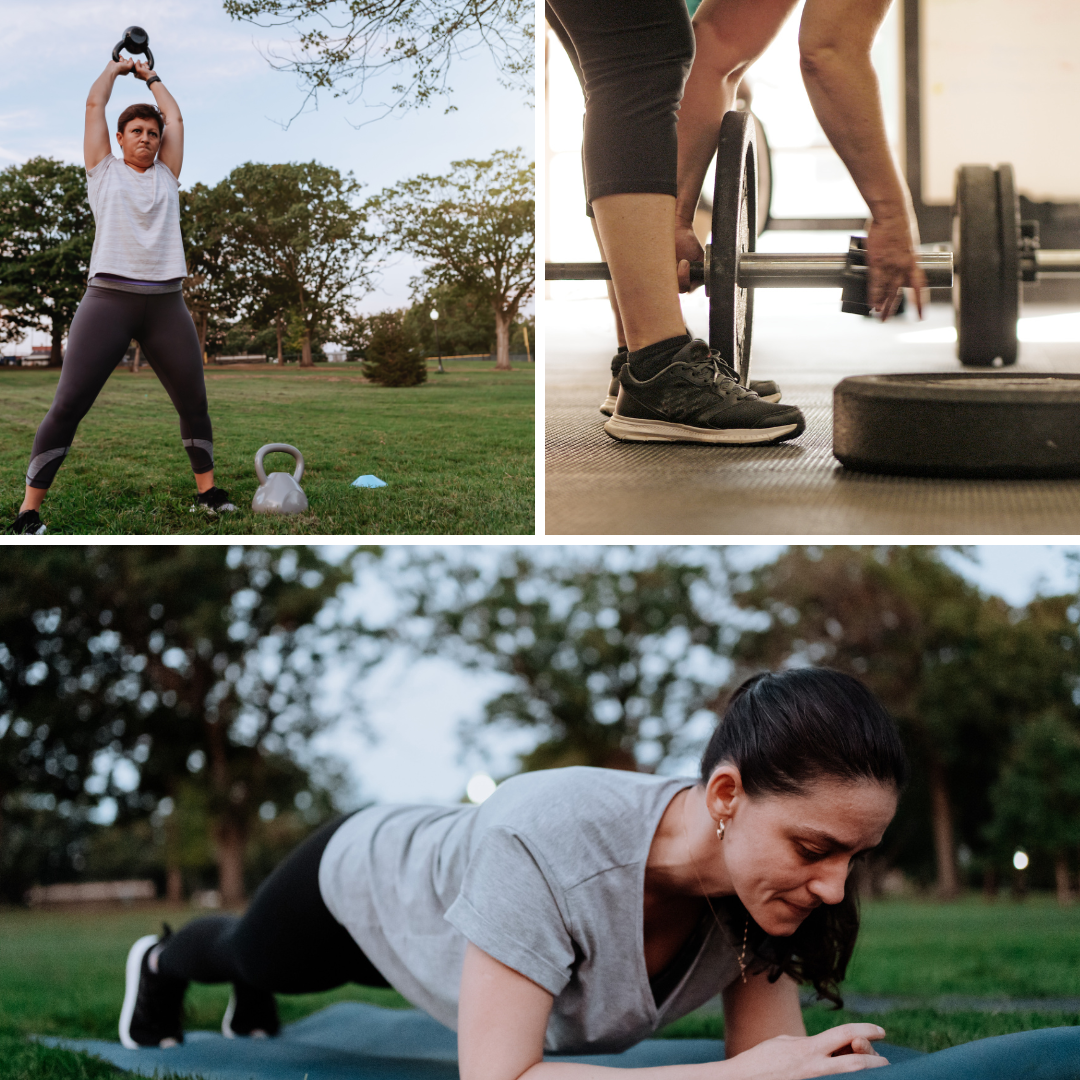Unlocking the Secrets to Aging Gracefully
Aging is inevitable, but it doesn't mean we must passively accept its effects. This comprehensive blog post explores the power of functional training in defying the physiological challenges of aging. Functional training is vital in preserving youthful vitality.
Discover how functional training can defy the physiological challenges of aging. Explore what functional training is and why it's crucial for preserving vitality as you age. Whether you're new to muscle fitness or looking to enhance your current routine, this comprehensive guide provides valuable insights into aging gracefully.
Why Physical Activity is Important as We Age
Physical Activity is one of the most important things we can do for our overall health. Research shows middle-aged and older adults spend an average of 8.5 to 10.5 hours a day sedentary. Use these easy tips to get more physical activity throughout the day.
Go Inward: Find Calm in Chaos
Meditation benefits aren’t just a theory. The benefits manifest in practice. Invite the healing prana, that healing breath, into every cell of your being while you practice. Your mantra is the sound of the breath going in and out through the nose. Our practice isn’t done, the more you begin to be still with yourself and move, you will intuitively begin to trust yourself.
Don’t miss a blog post - sign up for the Rumblings emails to receive posts delivered straight to you email inbox!



